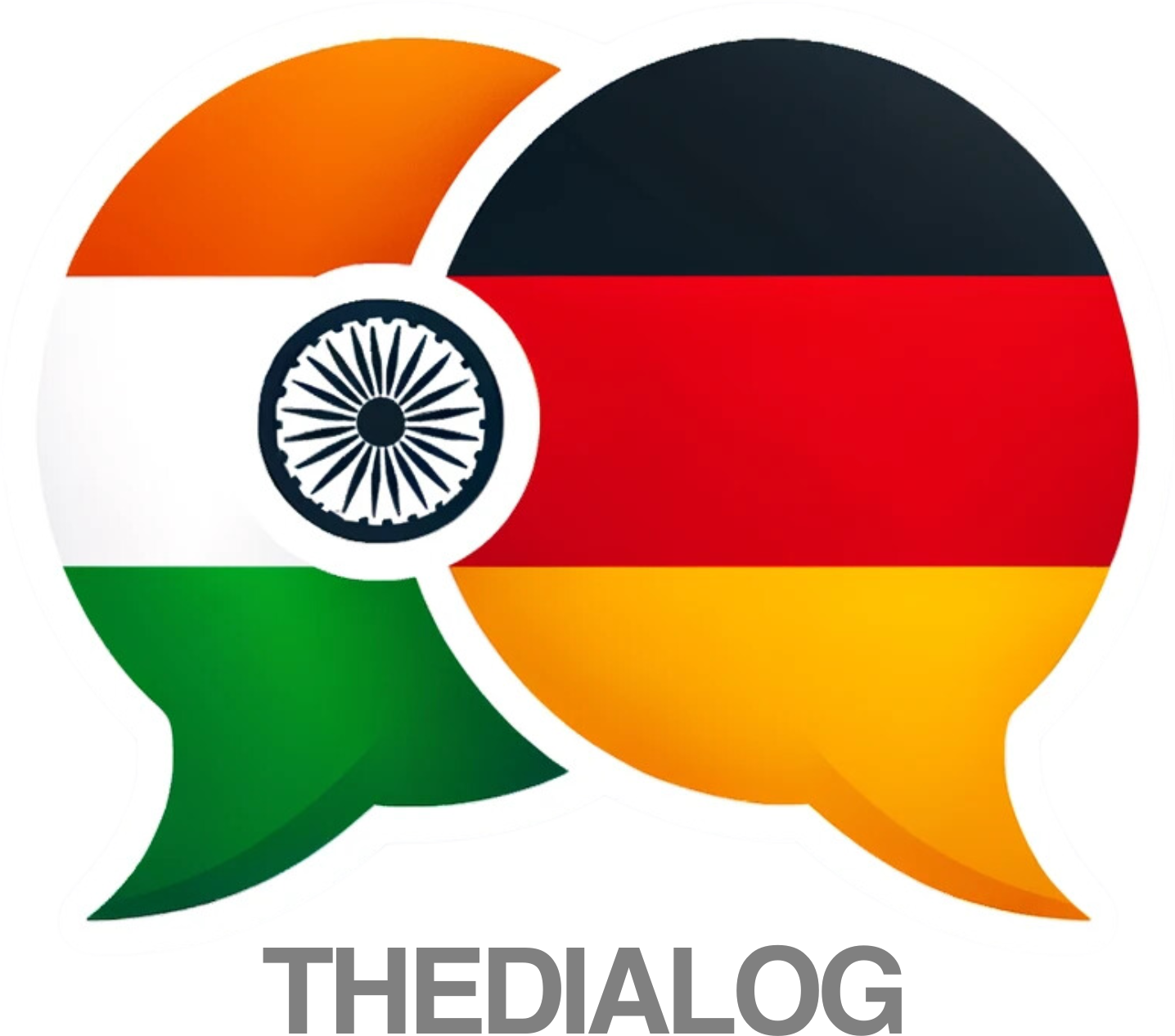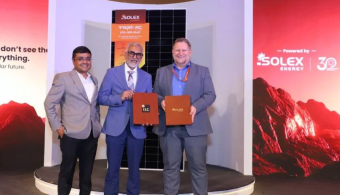Germany’s innovation strength is increasingly driven by migrants, according to new studies by the German Patent and Trade Mark Office (DPMA) and the Institute of the German Economy (IW). The reports reveal that one in seven patent applications in Germany now comes from inventors with a migration background — underlining the crucial role of skilled immigration in sustaining the country’s technological edge.
Migrants Power Germany’s Patent Growth
The DPMA’s analysis of patent filings between 2005 and 2022 shows that the share of inventors with migration backgrounds rose from 4.9 % to 14 %. The study examined more than 45,000 inventors living in Germany, identifying likely migration roots based on first names from 24 foreign-language regions.
While total patent activity in Germany has remained steady, the growing participation of migrant inventors signals a major structural shift in innovation. Among women, inventors with foreign roots accounted for 8.5 % of all inventors — almost double the overall female inventor average of 4.7 %.
India’s Growing Role in German Innovation
Inventors of Indian origin have shown one of the sharpest increases in contribution. Their share of patent applications filed in Germany has grown more than twelvefold between 2000 and 2022 — from just 0.1 % to 1.2 %. Within this group, around 10 % are women.
The growth reflects India’s emergence as a key source of highly skilled professionals in engineering, IT, and applied sciences — fields central to Germany’s technology-driven economy.
Other Key Source Countries
Alongside India, the DPMA and IW analyses point to significant innovation contributions from inventors of Chinese, Russian, Polish, Turkish, and Iranian origin. Together, these groups make up a substantial share of Germany’s international patent landscape.
Notably, inventors with roots in Eastern Europe and East Asia have shown strong representation in sectors like automotive engineering, semiconductors, and industrial machinery — areas where Germany continues to lead globally.
Skilled Migration Key to Competitiveness
According to IW and Migrando.de, people with migration backgrounds are now a decisive factor in Germany’s research and development capacity. The studies stress that sustained access to qualified international talent is essential to maintaining Germany’s innovation leadership.
Experts highlight that simplifying immigration processes, speeding up recognition of foreign qualifications, and integrating skilled workers into research and innovation networks are vital to sustaining this upward trend.
Outlook
As Germany continues to attract skilled professionals from around the world, its innovation landscape is becoming more international than ever. The strong participation of Indian-origin inventors stands out as a key success story — reflecting how talent mobility can bridge economies and strengthen bilateral cooperation in science and technology.
Sources: German Patent and Trade Mark Office (DPMA); Institute of the German Economy (IW); Migrando.de (October 2025).



